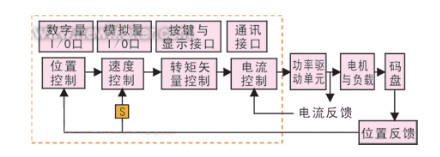
Privacy statement: Your privacy is very important to Us. Our company promises not to disclose your personal information to any external company with out your explicit permission.

With the great technological advancements in microelectronics, computers, power semiconductors and motor manufacturing technologies, permanent magnet AC servo systems will have a bright future.
Permanent Magnet Rotor,Anisotropic Ferrite Magnet Rotor,Anisotropic Cylinder Ferrite Magnets,Isotropic Ferrite Magnets
October 15, 2024
September 18, 2024
April 20, 2024
이 업체에게 이메일로 보내기
October 15, 2024
September 18, 2024
April 20, 2024

Privacy statement: Your privacy is very important to Us. Our company promises not to disclose your personal information to any external company with out your explicit permission.

Fill in more information so that we can get in touch with you faster
Privacy statement: Your privacy is very important to Us. Our company promises not to disclose your personal information to any external company with out your explicit permission.